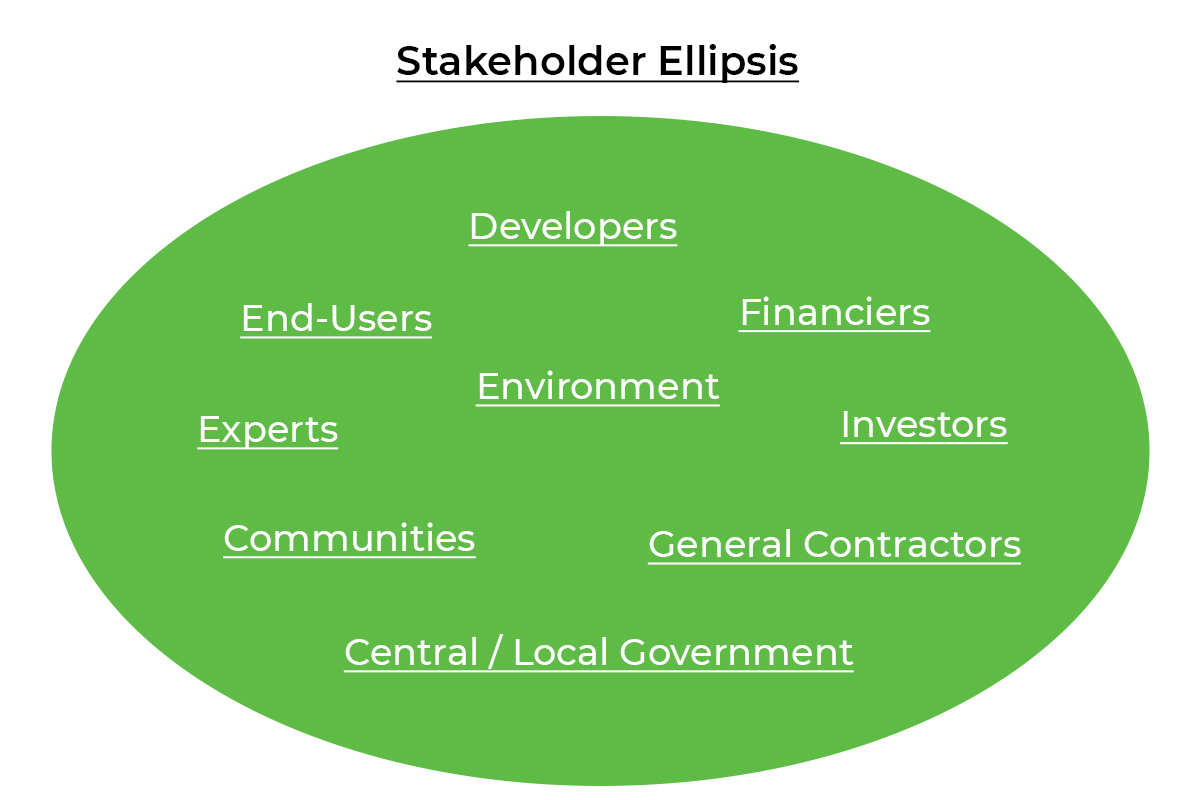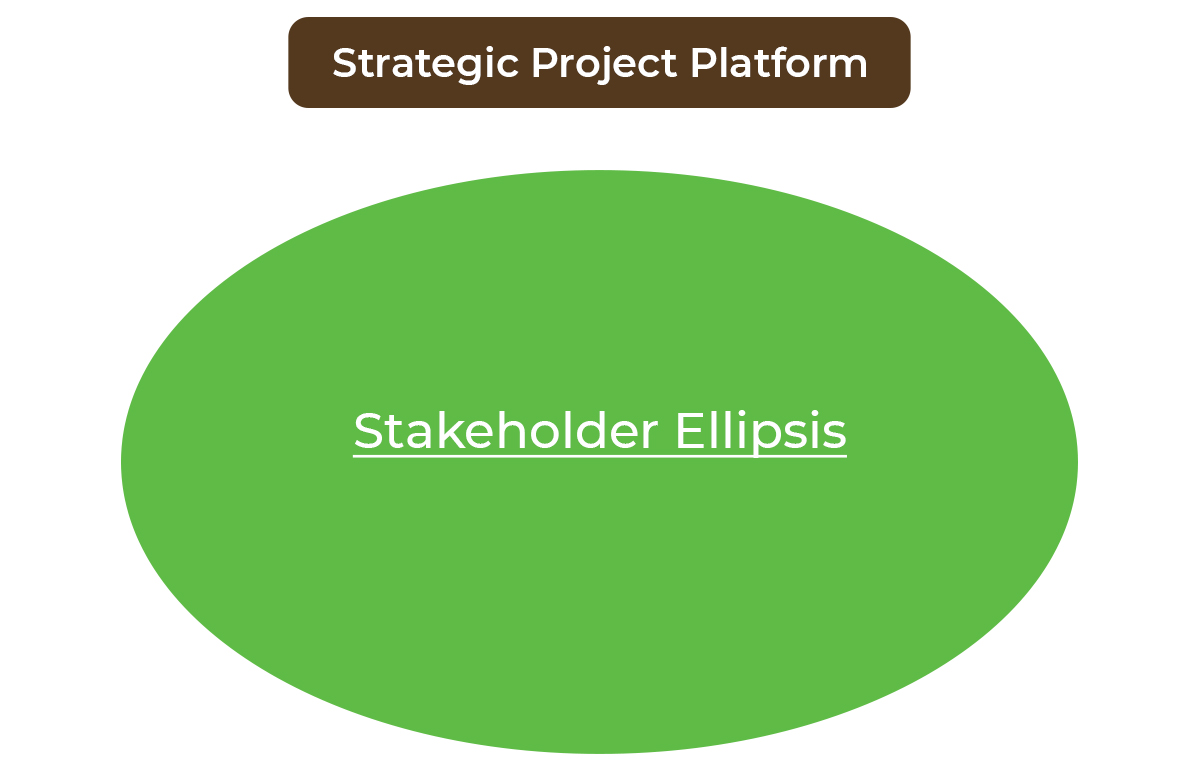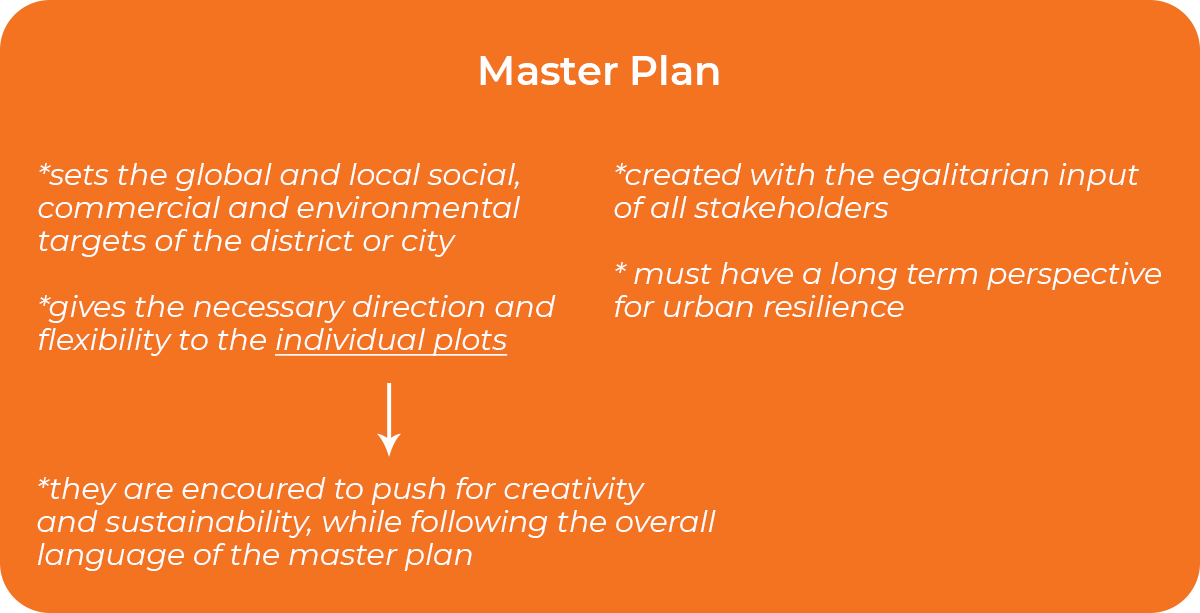Only a fraction of the urban social and environmental impact projects can leave the planning board. Here, the main issue is the lack of a sound business proposition. This proposition must focus on five topics; (1) everyone should win, (2) partnerships, (3) integrated/flexible planning, (4) wider reach and (5) technology.
(1) Everyone should win: from a corporate standpoint, generating positive urban impact can be seen as a burden with no additional income. Regulations may also be insufficient to change this stereotypical approach. Still, it is possible to shift from “one-off profit maximization” to “long-term stakeholder wealth maximization”. For this, upsides must be created. After independently conducted social and environmental impact assessments, workable incentives regarding project financing, tax, plot functions and components, building coefficient, height and footprint can be offered.

(2) Partnerships: a private entity cannot survive the concrete jungle on its own. There must be widely-recognized and able platforms that bring together the key stakeholders to find a suitable and sustainable balance. Free flow of information and systematic, solution-oriented approaches would be the two key aspects here.

(3) Integrated/flexible planning: grasping the larger picture is essential. An individual project can neither solve the major problems singlehandedly nor realize its full potential as a lone ranger. Planning for a larger area while leaving sufficient autonomy to individual plots can be the way to go. Enforcing strict, top-down plans on the entire cadastral blocks would harm the creative processes and the rights of plot owners within those blocks.

(4) Wider reach: most of the decision-makers are not aware of the multifaceted value that impact investing in urban development can create in the long run. Promotion and education which shall be specifically designed for different audiences would be crucial. Impact investing in this field needs wider recognition which can later be supported by successful case studies. In order to act, stakeholders must be healthily aware of the proposition.

(5) Technology: software solutions, online/cloud presence, data analysis, internet of things and additional innovative hardware are essential for the sustainability of this type of impact investing; both for the planning, realization, marketing, sales/leasing and operation stages. Technology can optimize the building life cycle design for the utmost social and environmental wellbeing.


